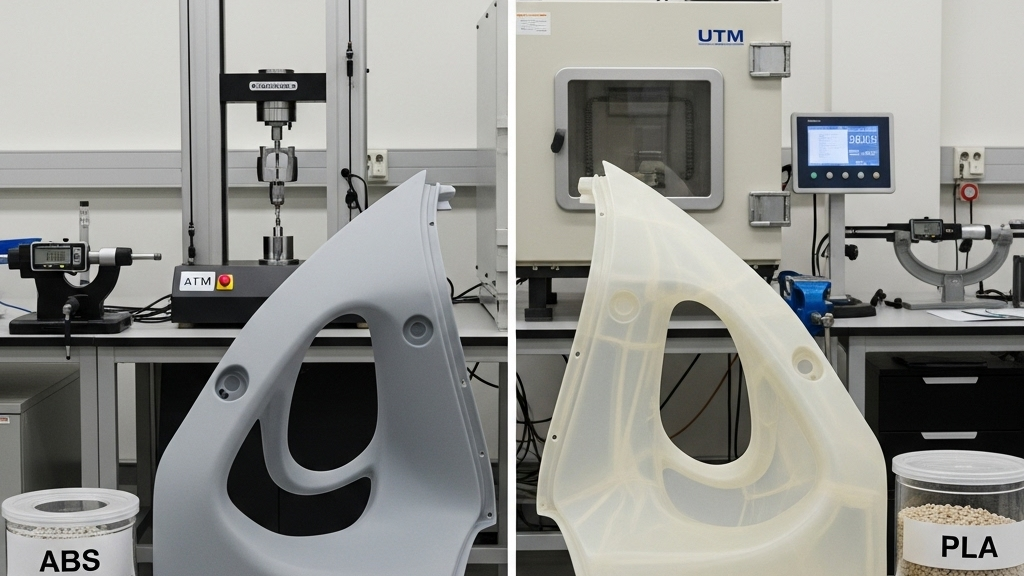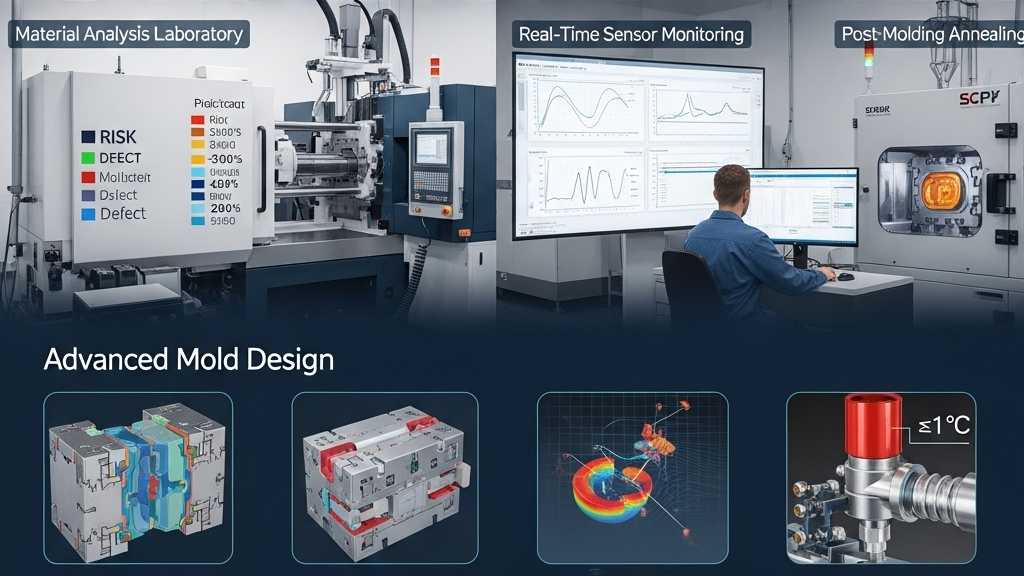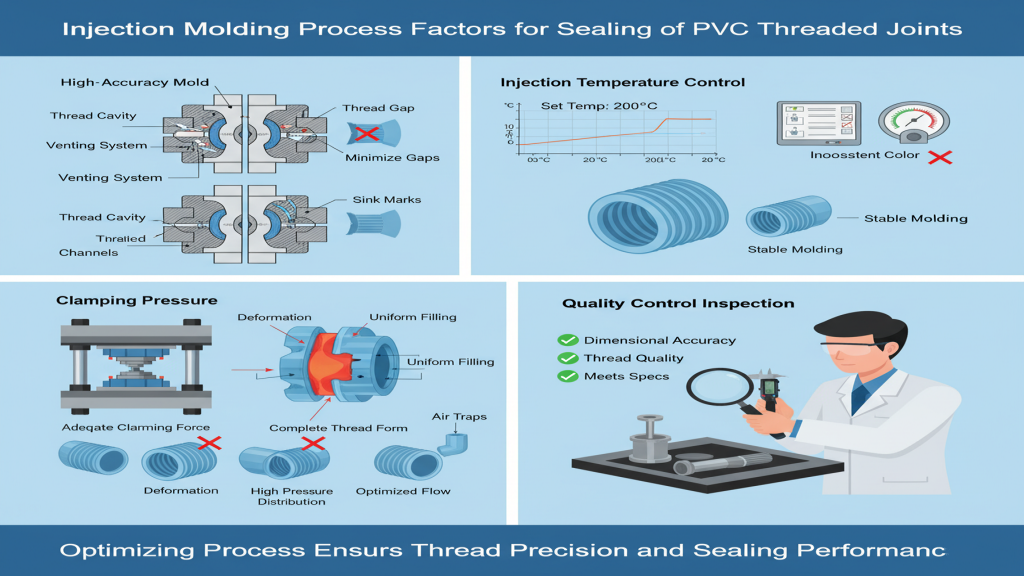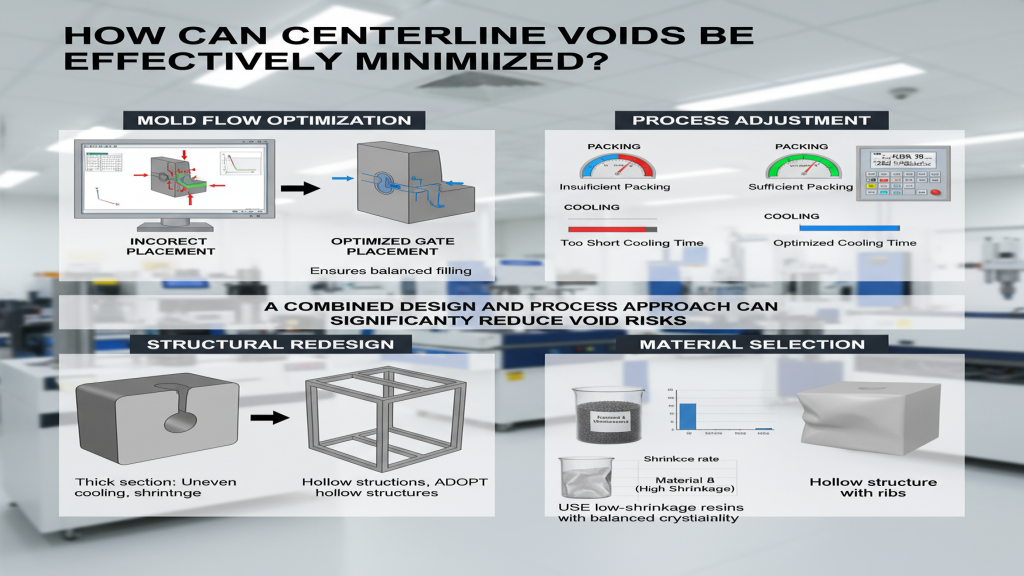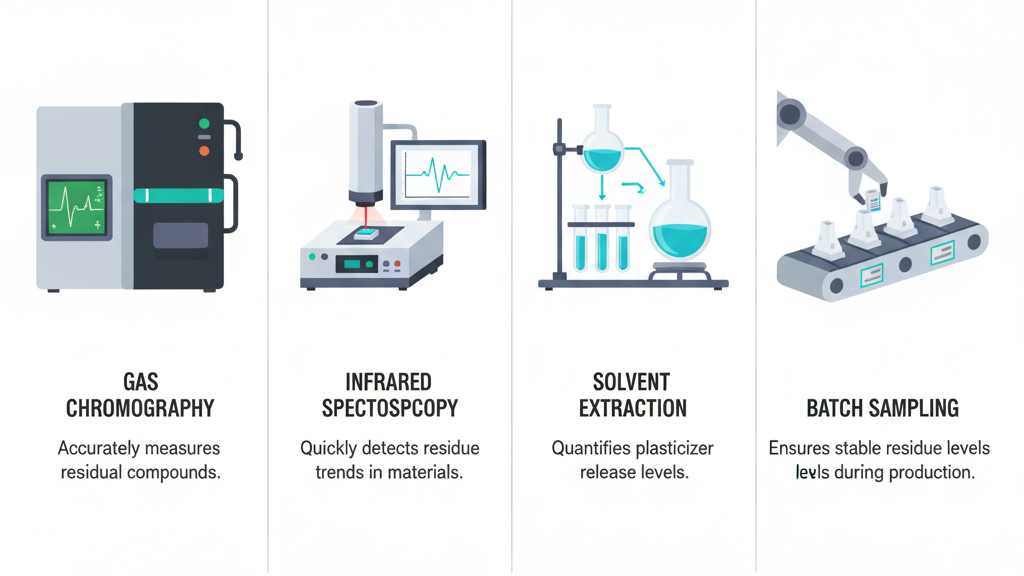Introduction

In the electroplating process on plastic injection parts, uneven current distribution directly affects coating thickness consistency and visual uniformity. When current concentrates on edges or raised areas, localized overplating or scorching can occur. Controlling the current path is key to achieving uniform coatings, especially for large-size parts.
Effective current control not only improves plating quality but also reduces rework costs. Optimizing electrode layout and electrolyte parameters ensures balanced coverage even in complex geometries. This significantly impacts corrosion resistance and aesthetic appearance, making it a crucial process step.
How does current distribution affect coating thickness?

Current on plastic parts tends to concentrate on low-resistance or protruding areas, thickening the coating there, while recessed or shaded areas become underplated. This unevenness can lead to visible defects and reduce service life.
- Edge Effect: Coating accumulates heavily on edges and corners.
- Hot Spot Burning: High current density leads to surface scorching.
- Hard to Control Complex Structures: Difficult to maintain coating thickness on complex geometries.
- Affects Paintability: Uneven plating impacts paint adhesion and finish.
📌 Inaccurate current control is the direct cause of uneven coating thickness.
How can the electrode system be adjusted for better uniformity?

By optimizing electrode arrangement, using auxiliary anodes, and fine-tuning spacing, current distribution on the plastic surface can be improved. In mass production, this design is becoming a standard process.
- Symmetrical Electrode Placement: Helps achieve uniform current distribution.
- Auxiliary Anodes: Compensate for current deficiencies in recessed areas.
- Precise Parameter Control: Voltage, current, and time control are essential.
- Validation by Testing: Simulate current paths to ensure design effectiveness.
⚙️ Proper electrode setup significantly improves coating uniformity.
Which plastic geometries easily cause current deviation?

Complex contours, perforated designs, and sharp corners cause electric field distortion, resulting in current concentration or deficiency. These structures require special anode design or masking techniques.
- Sharp Edge Discharge: Current tends to concentrate on sharp tips.
- Perforated Areas: Cause unstable current flow.
- 3D Textures: Affect electrolyte flow and electric field strength.
- Runner Edges: Prone to overplating or burning.
🔍 Geometrically complex plastic parts must be optimized before plating.
Chrome Plating Uniformity Optimization Strategies Comparison
| Strategy Type | Method | Effectiveness | Cost | Use Case | Feasibility | Lead Time | Automation |
|---|---|---|---|---|---|---|---|
| Electrode Setup | Symmetrical layout & auxiliary anodes | High | Medium | All plastic parts | High | Medium | Integratable |
| Electrolyte Control | Current/voltage curve optimization | Moderate | Low | Simple parts | High | Fast | High |
| Masking | Use of tape or shield | Local improvement | Low | Complex corners | Medium | Fast | Low |
| Simulation | Current path modeling | Great for design phase | High | New mold development | High | Long | Controllable |
Expansion
Current paths in 3D structures are not visible or predictable, so simulation tools like COMSOL or Autodesk Electroplating can reduce uncertainty. Simulation has become a reliable step in developing precision plating for plastic injection molds.
Moreover, material conductivity, molding marks, and draft angles affect plating behavior. High-precision, well-vented, and grounded part designs are the foundation of successful chrome plating.
Conclusion
In injection molding, the success of electroplating largely depends on accurate current distribution. Uniform current density ensures consistent coating quality, reflecting the product’s durability and aesthetic value. Through proper electrode design, parameter tuning, and structural simulation, chrome plating efficiency and yield can be significantly improved.
Attention to process detail, along with professional tools and expertise, is the key to stable and scalable production.
For expert assistance in implementing for your production needs, visit our resource center or contact us. Let’s help you scale up your manufacturing with precision and efficiency!

